Electric vehicle sales exhibited remarkable growth, surging 50% in February 2025 compared to the previous year, with cumulative increases of 506% since 2019. China maintains market dominance while North America and Europe show robust growth at 20% and 29% respectively. Global projections anticipate 48.6 million units sold annually by 2030, despite infrastructure challenges and shifting incentives. Mass-market adoption accelerated with a 58% increase in 2024, while technological advancements continue shaping the industry’s evolution.

The electric vehicle market continues to demonstrate remarkable resilience, with global sales surging 50% in February 2025 compared to the previous year’s figures. This growth builds upon an impressive 506% cumulative increase from 2019 to 2023, though the year-over-year expansion has moderated from 60% in 2022 to 25% in 2024, suggesting a maturing market dynamic. Battery technology improvements have significantly enhanced performance and reliability, driving consumer confidence in EV adoption.
Global EV sales show remarkable strength, climbing 50% year-over-year in 2025 despite signs of market maturation.
China maintains its position as the dominant force in global EV sales, while North America achieved a steady 20% growth in early 2025. European markets experienced a 29% rise in sales, despite facing challenges from France’s weight tax affecting plug-in hybrid vehicles. The emergence of new EV adoption centers in U.S. states like New York, Florida, and Colorado has contributed to a 30% increase in American EV purchases. The transition to mass market EVs has been evident with franchise dealers reporting substantial sales growth in this segment.
Market projections indicate global annual EV sales will reach 48.6 million units by 2030, though current growth faces significant headwinds. The projected retail share for 2025 remains at 9.1%, constrained by infrastructure limitations and shifting incentive landscapes. High MSRPs and reduced consumer subsidies in Western markets have created barriers to mass-market adoption, while inadequate charging networks continue to dampen consumer confidence. Supportive government policies worldwide have been instrumental in driving market expansion despite these challenges.
Consumer behavior shows encouraging shifts, particularly in the mass-market segment, which saw a 58% increase in 2024, totaling 376,000 units. The expansion of available models and advancements in battery technology have strengthened buyer confidence, while anticipated changes to tax incentives under the Inflation Reduction Act spurred early 2025 purchases in the U.S. market.
The global expansion of Chinese manufacturers, significantly BYD, has intensified competition in key markets, forcing established automakers to accelerate their electric vehicle strategies. This competitive pressure, combined with strengthening governmental zero-emission mandates, continues to reshape the industry landscape.
While challenges persist, the market’s trajectory suggests sustained growth as manufacturers pivot toward more affordable electric options and governments worldwide reinforce their commitment to zero-emission vehicle targets.
Frequently Asked Questions
How Does Extreme Weather Affect the Performance and Range of Electric Vehicles?
Extreme weather greatly impacts EV performance and range in both cold and hot conditions.
Cold temperatures can reduce battery efficiency by up to 50% at -4°F, while high temperatures around 95°F decrease range by 17%.
Battery heating and cabin climate control drain power greatly in winter, while summer heat forces thermal management systems to work harder.
Pre-conditioning and proper storage help mitigate these weather-related challenges.
What Happens to EV Batteries After They Reach the End of Life?
EV batteries follow two primary paths after reaching end-of-life status.
Initially, many are repurposed for stationary energy storage applications, serving homes and power grids for up to 10 additional years.
Subsequently, batteries undergo recycling processes to recover valuable materials like lithium, cobalt, and nickel, with recovery rates approaching 95% in advanced facilities.
This circular approach aligns with sustainability goals while reducing dependence on raw material extraction.
Can the Power Grid Handle Mass Adoption of Electric Vehicles?
The power grid can support widespread EV adoption with proper upgrades and management strategies.
Current infrastructure requires significant modernization, including enhanced transformers and transmission lines.
Smart charging technologies, load balancing, and time-of-use pricing will help distribute demand.
While the projected 2.5-4.6% increase in electricity consumption by 2030 poses challenges, vehicle-to-grid solutions and renewable integration can guarantee grid stability through coordinated implementation.
How Long Does It Take to Install a Home Charging Station?
Installing a home charging station typically requires 2-3 hours for physical installation, though the complete process spans 2-4 weeks.
This timeline includes permit acquisition, electrical assessments, and scheduling certified contractors.
Complex installations requiring panel upgrades or underground wiring can extend considerably longer.
The exact duration depends on factors like distance to electrical panel, local code requirements, and necessary upgrades to existing infrastructure.
What Insurance Considerations Should I Know Before Buying an Electric Vehicle?
Insurance for EVs typically demands higher premiums due to specialized repair costs and expensive battery replacement, ranging from $5,000-$15,000.
Extensive coverage is essential, protecting against battery damage, charger issues, and specialized electrical components. Owners should specifically verify battery-related coverage limits and seek insurers with EV expertise.
While costly initially, government incentives and lower operational costs can help offset these insurance expenses.
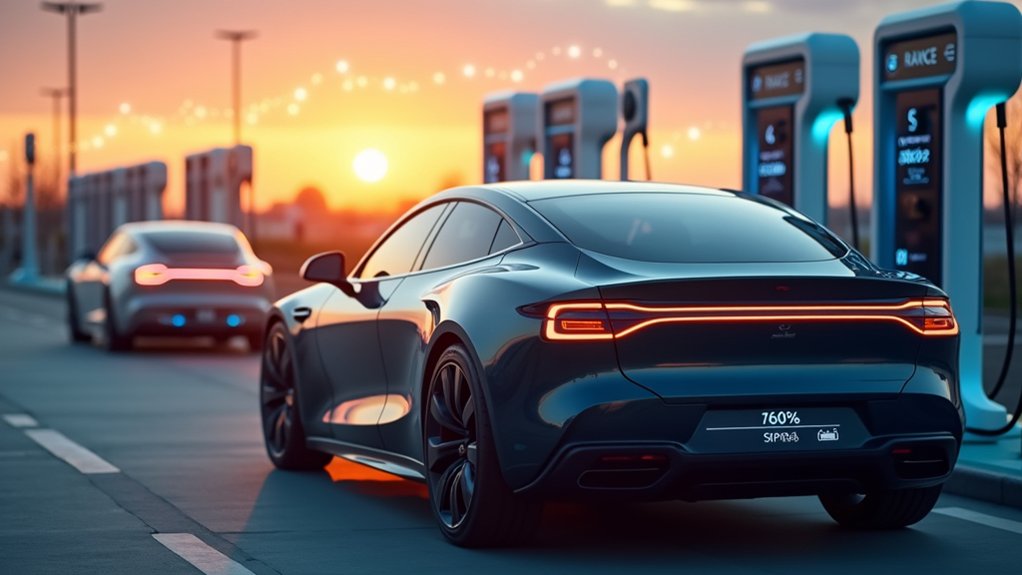
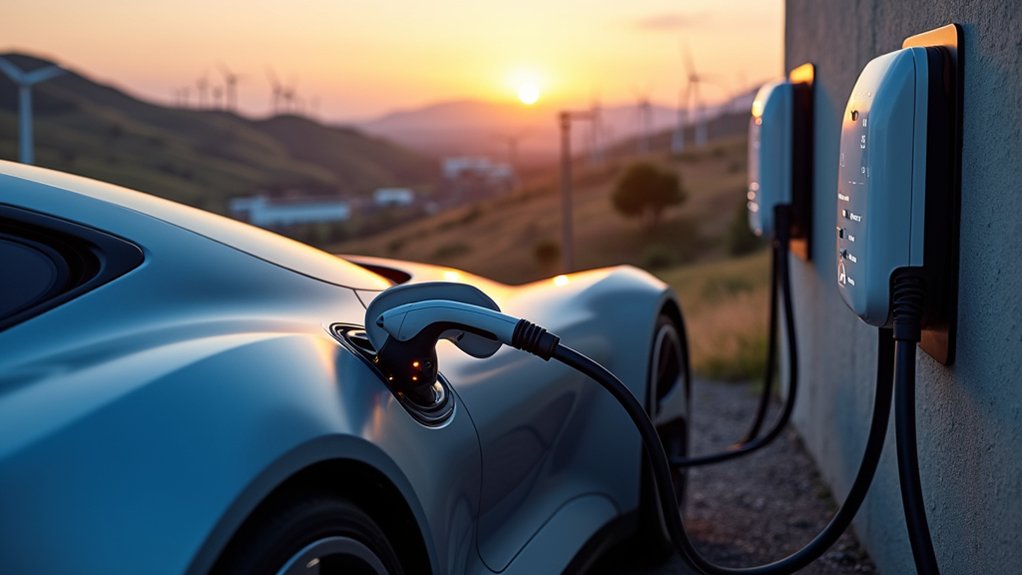


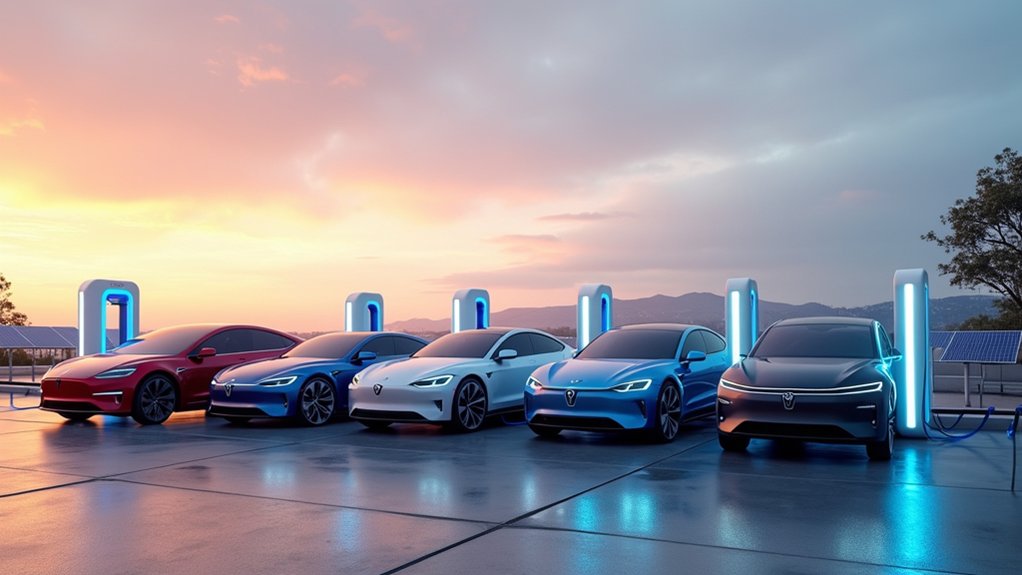
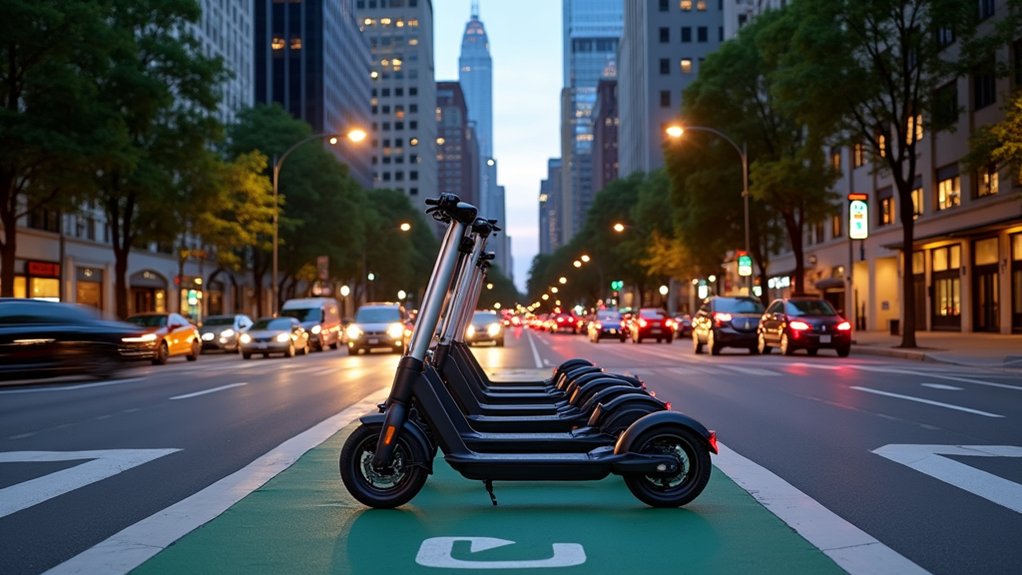



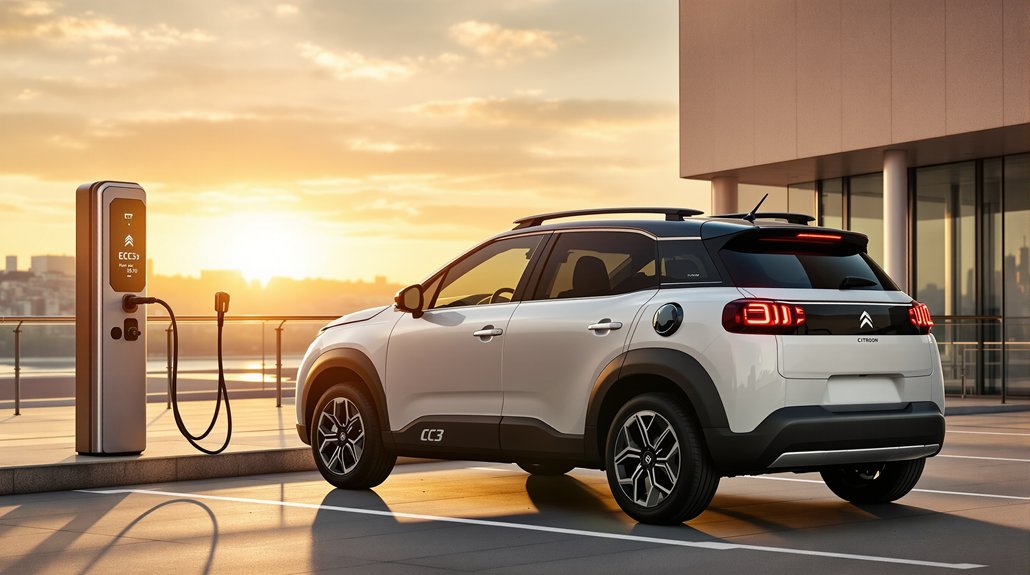
2 comments